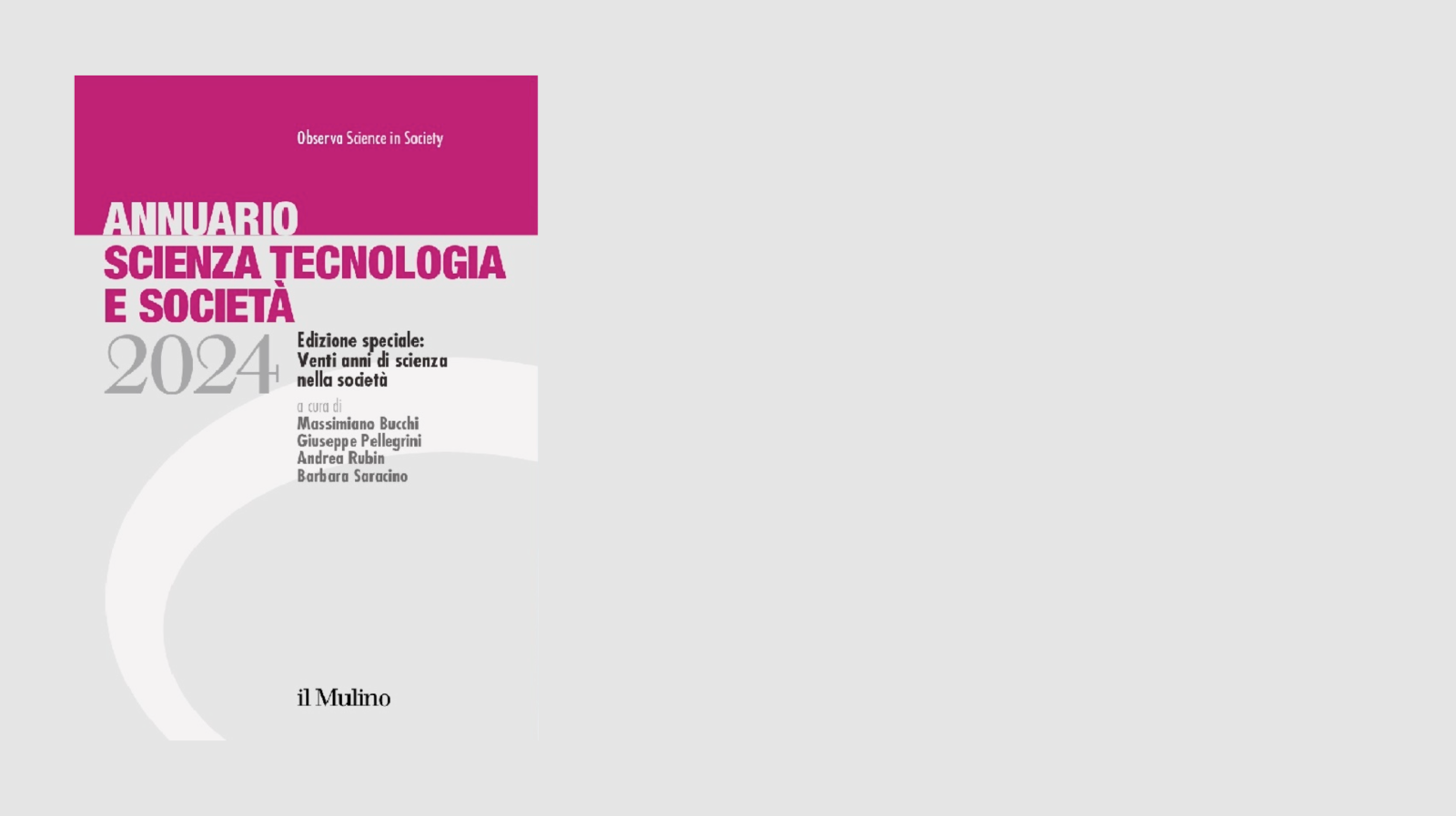Our brain could resemble a circuit: 80 billion neurons and perhaps a hundred trillion synapses are interconnected within a complex organ. One of the greatest challenges facing 21st century science is brain whole structures and functions disclosure. While emerging technology are spreading in every field, Europe suggested to associate neurobiological studies to technological knowledge and future improvements.
As already mentioned, some skeptical opinions support the idea that the current technologies are not able to manage brain complexity. At any rate, Europe has resolved to bet on the relationship between brain and new technologies, and to open the research on brain to new partners and collaborators. The European aim was the improvement of data collection, and the development of frameworks and technical skills to organize 6 ICT platforms for the Human Brain Project (HBP). In medicine, this means improved knowledge and better diagnosis, combined with disease and drug simulations. In technology and industries development, the brain research will overcome fundamental limits on the energy-efficiency, reliability and programmability of current technologies, sustaining the development of brain-like computing systems.
Just one month ago, the beneficiaries of €8.3 million competitive European call has been declared. The call attracted a total of 350 eligible proposals, which included 561 organisations from 36 countries. At the end, only 22 projects proposed by 32 organisations from 13 countries were selected. Austria, Belgium, Cyprus, Finland, France, Germany, Israel, Italy, Netherlands, Slovenia, Spain, Switzerland and the UK will be partners in this challenge. And in this way, the number of partners in HBP project increased of about 40%. Altogether, these partners will make an effort to build six platforms, in order to assure the future developments of neuroscience.
- NeuroInformatic Platform will solve issues related to the elaboration of a standard method to compare brain data from different sources. Data belong to human and mouse gene atlases, but also to structural and functional informations generated from modern experimental methods. Starting from available data, scientist should develop methods to predict the features of neurons, synapses etc. without directly measuring them: current technologies are not able to assay entirely the brain structures nature. This platform will be developed at international level, involving the International Neuroinformatics Coordinating Facility (INCF) at the Allen Institute for Brain Science, the Neuroscience Information Framework (NIF), and the Biomedical Informatics Research Network (BIRN).
- The Brain Simulation Platform has the objective to create models of neural microcircuits, with a constant comparison with experimental data and the application of key biological rules. EPFL's Blue Brain Project has already developed algorithms that reconstruct brain models, a sort of virtual specimens for neuroscience, and the Blue Brain Project will be the starting point for future developments. Brain models and simulations allow researchers to predict missing data. The same approach applied to medicine could create simulation for brain diseases, and a benchmark for possible treatments.
- The High Performance Computing Platform will use existing supercomputing capabilities at Forschungszentrum Jülich in Germany, the Swiss Centre for Scientific Computing, the Barcelona Supercomputing Centre, and at the Italian CINECA. With this joint effort, HBP project could count on about 10 Petaflop of peak performance, 800 Terabytes of main memory and 8 Petabyte scratch file system, thus allowing simulation of cellular-level models with 100 million neurons.
- The Medical Informatics
Platform will integrate data from patients. We have
data about neurological and psychiatric diseases, but we lack strategies to
integrate informations. Under Horizon 2020 funds, the contribution of nine
European hospitals and other datasets will be determinant for data collection
and comparison. The huge amount of data could be effective in diseases
biological signatures identification.
In a pilot study to disclose the nature of six subtypes of Alzheimer's disease, the use of two hundred patients’ dataset was crucial. - The Neuromorphic Computing Platform will apply brain behaviours to technology. In fact, brain is able to perform difficult computing operations that have never been reproduced in modern computers. Aim of the present project is to build a single chip able to perform a real-time simulation of neurons and synapses, with low power consumption. From brain will be created the hardware of future.
- Throughout Neurorobotics Platform, scientists will test virtual robots connected to different brain models, using capabilities provided by gaming platforms.
Italian researchers will participate as principal investigators in five different sub-projects, facing the issues of brain simulation, high performance and neuromorphic computing, medical informatics and mouse brain data organization. Moreover, Italy has answered to HBP call as the most prolific country: the 64 Italian proposals covered all the eight topics.
Even if many Italian proposals have not be selected, the open nature of HBP project does not exclude researchers from outside the HBP Consortium: the HBP tools will be accessible to scientists, and courses and tutorials will be developed for platforms users. Everybody could have the opportunity to take advantage of such scientific improvements.


